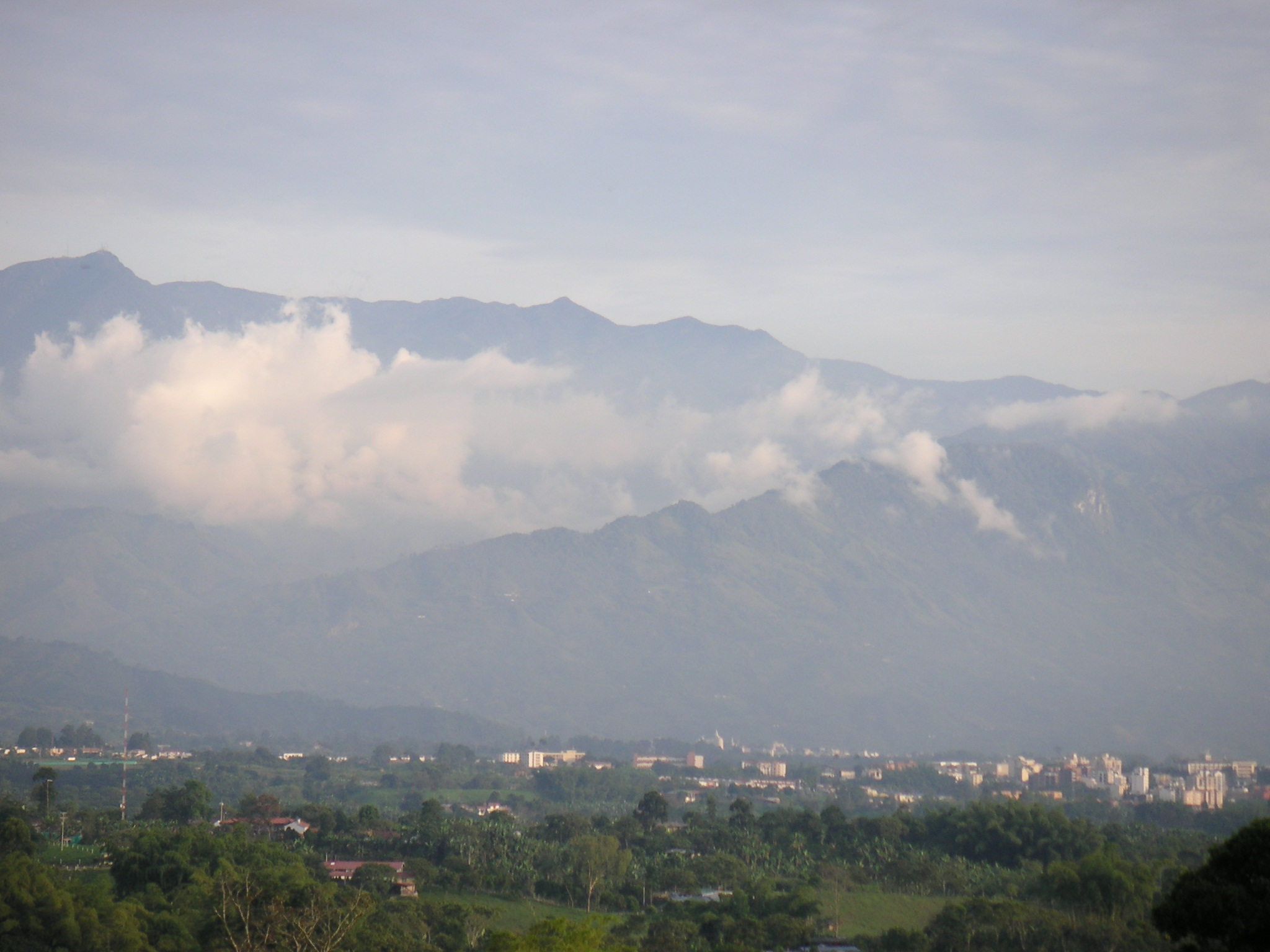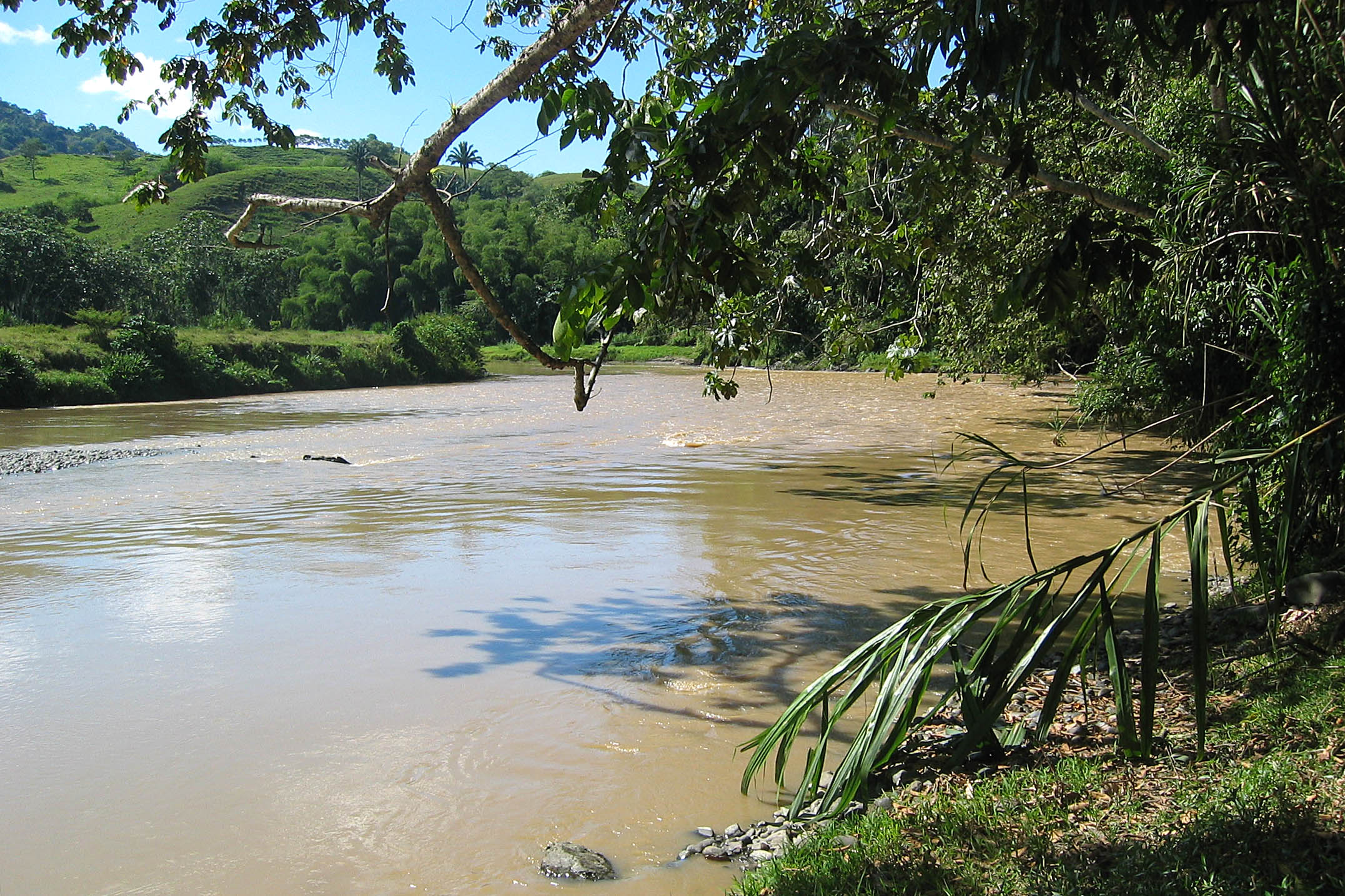|
University Of Quindío
The University of Quindío ( es, Universidad del Quindío, links=no), is a public institution and department in Colombia, under the Ministry of Education; Its headquarters are located in Armenia, Quindío, Colombia. The University of Quindío is a public establishment academic of Department Order, that is, a body with legal autonomy, academic autonomy, administrative and financial independent, assigned to the governorship of Quindío, by Ordinance No. 014, November 1982 and 037 of May 3, 1984, recognized as a university by Act 56 of 1967 and Decree 1583 of January 18, 1975 of the Ministry of Education. It has 32 undergraduate academic programs and 16 postgraduate. It has 31 research groups, 14 of them categorized and recognized by Colciencias: 2 Category A, 4 Category B and 8 in class C. History University of Quindío was founded in 1960 and became an institution of departmental status in 1982. Begins operations in 1962 with the programs of Agronomy and Topography (Surveying). ... [...More Info...] [...Related Items...] OR: [Wikipedia] [Google] [Baidu] |
Public University
A public university or public college is a university or college that is in state ownership, owned by the state or receives significant government spending, public funds through a national or subnational government, as opposed to a private university. Whether a national university is considered public varies from one country (or region) to another, largely depending on the specific education landscape. Africa Egypt In Egypt, Al-Azhar University was founded in 970 AD as a madrasa; it formally became a public university in 1961 and is one of the oldest institutions of higher education in the world. In the 20th century, Egypt opened many other public universities with government-subsidized tuition fees, including Cairo University in 1908, Alexandria University in 1912, Assiut University in 1928, Ain Shams University in 1957, Helwan University in 1959, Beni-Suef University in 1963, Zagazig University in 1974, Benha University in 1976, and Suez Canal University in 1989. Kenya ... [...More Info...] [...Related Items...] OR: [Wikipedia] [Google] [Baidu] |
Armenia, Colombia
Armenia () is the capital of Quindio Department. Armenia is a medium-sized city and part of the " coffee axis" along with Pereira and Manizales. It is one of the main centers of the national economy and of the Colombian coffee growing axis. As a result, the historic center of Armenia was named as part of the "Coffee Cultural Landscape" of UNESCO World Heritage Site in 2011. History The city was founded on October 14, 1889, by Jesús María Ocampo, also known as "Tigrero" (translates to "tiger killer") due to his love of hunting jaguars, known locally as tigers. Ocampo came from Anaime, Tolima, looking for shelter in the mountains of Quindío because he was running away from General Gallo. He paid one hundred pesos in gold coins to Antonio Herrera for the land on which to build a fonda, or trade center, not only for himself but also for other colonists who came from Salento, Antioquia, Manizales, and areas surrounding the Quindío River and La Vieja River. Ocampo then pr ... [...More Info...] [...Related Items...] OR: [Wikipedia] [Google] [Baidu] |
Quindío Department
Quindío () is a department of Colombia. It is in the western central region of the country, crossed by the Andes mountains. Its capital is Armenia. It is famous for the quality of the coffee plantations, colorful architecture, benign weather, variety of hotel accommodations and tourist landmarks. This department is located in a strategic area, in the center of the triangle formed by the three main cities of the country: Bogotá, Medellín and Cali. Quindío is the second-smallest Colombian department (0.2% of the national territory) with 12 municipalities. Ethnographically and culturally, it belongs to the Paisa region. History Before the Spanish invasion the entire area was inhabited by the peoples of the Quimbaya civilization until the 10th century B.C. At the time of Spanish conquest the area was inhabited by indigenous people of Carib descent known as the Pijao tribes. The native population was gradually reduced due to slavery, armed confrontations, and massacres dur ... [...More Info...] [...Related Items...] OR: [Wikipedia] [Google] [Baidu] |
Colombia
Colombia (, ; ), officially the Republic of Colombia, is a country in South America with insular regions in North America—near Nicaragua's Caribbean coast—as well as in the Pacific Ocean. The Colombian mainland is bordered by the Caribbean Sea to the north, Venezuela to the east and northeast, Brazil to the southeast, Ecuador and Peru to the south and southwest, the Pacific Ocean to the west, and Panama to the northwest. Colombia is divided into 32 departments and the Capital District of Bogotá, the country's largest city. It covers an area of 1,141,748 square kilometers (440,831 sq mi), and has a population of 52 million. Colombia's cultural heritage—including language, religion, cuisine, and art—reflects its history as a Spanish colony, fusing cultural elements brought by immigration from Europe and the Middle East, with those brought by enslaved Africans, as well as with those of the various Amerindian civilizations that predate colonization. Spanis ... [...More Info...] [...Related Items...] OR: [Wikipedia] [Google] [Baidu] |
COLCIENCIAS
The Administrative Department of Science, Technology and Innovation ( es, Departamento Administrativo de Ciencia, Tecnología e Innovación), also known as Colciencias, is a Colombian government agency that supports fundamental and applied research in Colombia. Publindex Colciencias runs Publindex, the ''National Abstracting and Indexing System for Serial Publications in Science, Technology and Innovation'' ( es, Sistema Nacional de Indexación de Publicaciones Especializadas de Ciencia, Tecnología e innovación), which is a ranking of academic journals An academic journal or scholarly journal is a periodical publication in which scholarship relating to a particular academic discipline is published. Academic journals serve as permanent and transparent forums for the presentation, scrutiny, and ... in four categories (C, B, A2, and A1). References Science and technology in Colombia Scientific organisations based in Colombia National Planning Department (Colombia) Go ... [...More Info...] [...Related Items...] OR: [Wikipedia] [Google] [Baidu] |
List Of Universities In Colombia
This is a list of universities in Colombia. The Colombian higher education system is composed of technical institutes focused on vocational education, university institutions focused on technological education, and universities focused on undergraduate and postgraduate education. The country has both public and private universities. Most public universities conform to the State University System ( es, Sistema Universitario Estatal, SUE), and most departments have at least one public university. Several private universities are affiliated to the Roman Catholic Church or are nonsectarian. Public National Departmental Private Catholic {, style="width:100%;" , - style="vertical-align:top;" , , {, class="wikitable" width="*" ! width=35%, Name ! width=15%, Established ! width="*" , Location ! width=10%, Reference , - valign="top" , - valign="top" , Saint Thomas Aquinas University , align="center", 1580 , Bogotá, Tunja , align="center", ... [...More Info...] [...Related Items...] OR: [Wikipedia] [Google] [Baidu] |
Universities And Colleges In Colombia
A university () is an institution of higher (or tertiary) education and research which awards academic degrees in several academic disciplines. ''University'' is derived from the Latin phrase ''universitas magistrorum et scholarium'', which roughly means "community of teachers and scholars". Universities typically offer both undergraduate and postgraduate programs. The first universities in Europe were established by Catholic Church monks. The University of Bologna (), Italy, which was founded in 1088, is the first university in the sense of: *being a high degree-awarding institute. *using the word ''universitas'' (which was coined at its foundation). *having independence from the ecclesiastic schools and issuing secular as well as non-secular degrees (with teaching conducted by both clergy and non-clergy): grammar, rhetoric, logic, theology, canon law, notarial law.Hunt Janin: "The university in medieval life, 1179–1499", McFarland, 2008, , p. 55f.de Ridder-Symoens, Hilde' ... [...More Info...] [...Related Items...] OR: [Wikipedia] [Google] [Baidu] |
Educational Institutions Established In 1960
Education is a purposeful activity directed at achieving certain aims, such as transmitting knowledge or fostering skills and character traits. These aims may include the development of understanding, rationality, kindness, and honesty. Various researchers emphasize the role of critical thinking in order to distinguish education from indoctrination. Some theorists require that education results in an improvement of the student while others prefer a value-neutral definition of the term. In a slightly different sense, education may also refer, not to the process, but to the product of this process: the mental states and dispositions possessed by educated people. Education originated as the transmission of cultural heritage from one generation to the next. Today, educational goals increasingly encompass new ideas such as the liberation of learners, skills needed for modern society, empathy, and complex vocational skills. Types of education are commonly divided into forma ... [...More Info...] [...Related Items...] OR: [Wikipedia] [Google] [Baidu] |




